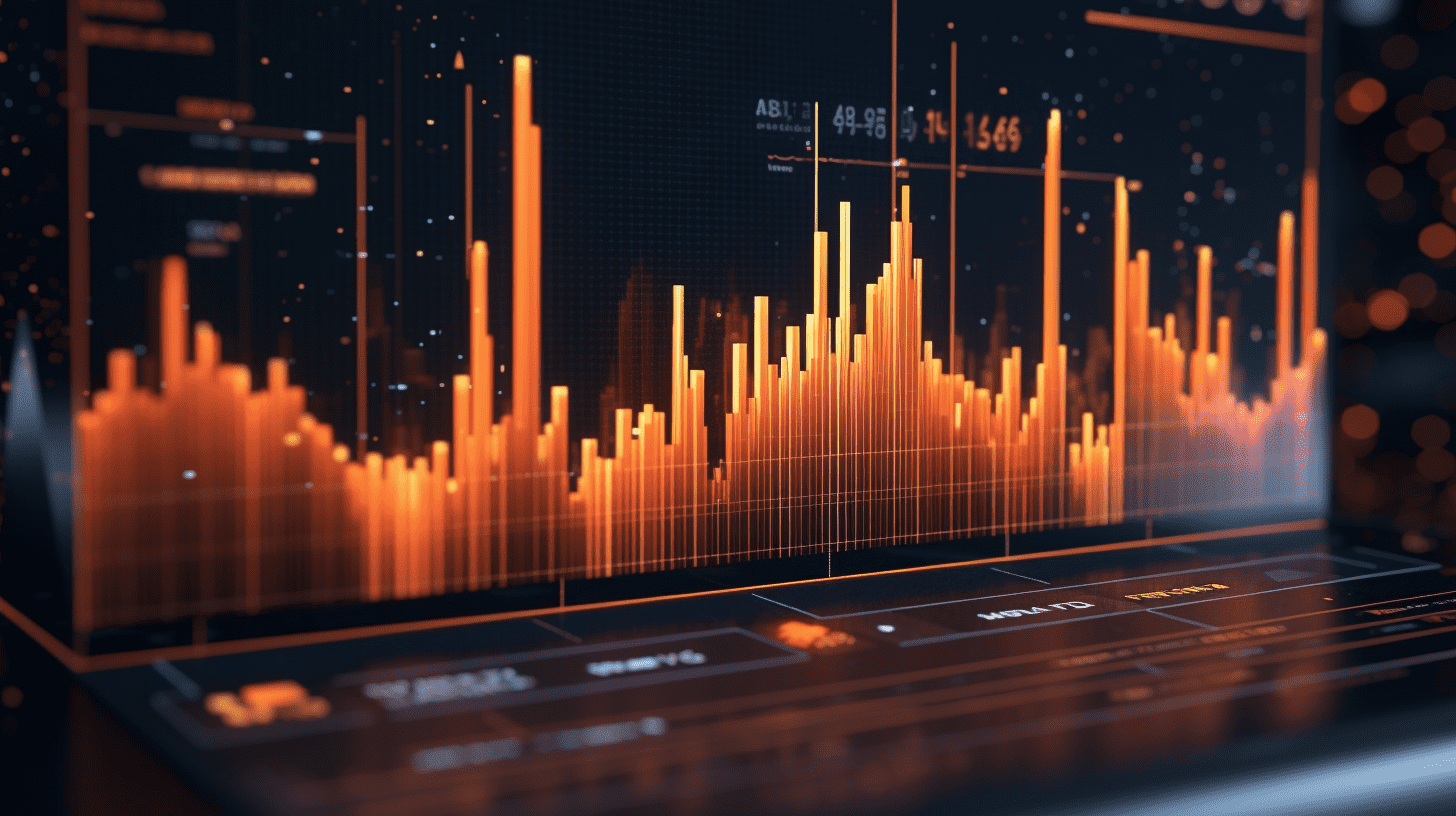
Beware of the risks of a callback! Goldman Sachs warns: U.S. stocks are "overcrowded" and buying at low points has already dried up.
Scott Rubner of Goldman Sachs warns that the US stock market is about to enter a downturn.
Rubner states that the current market participants are becoming saturated, and the buying motivation on dips is weakening. The global market director and tactical expert, who previously had a positive outlook on the market prospects for 2025, is now predicting a negative turn in the market. He says that this is his "last bullish email" sent out in the first quarter.
"Everyone is already in, including retail traders, 401(k) fund inflows, early-year asset allocation, and corporate funds," he says. "The dynamics of fund demand are changing rapidly, and we are approaching a seasonally negative phase," he added in an email to clients.
Since the beginning of the year, the S&P 500 index has risen by 3%. Although this is relatively flat compared to December of last year, the market has shown significant resilience. Concerns triggered by DeepSeek or President Trump's tariff policies have failed to trigger a large-scale pullback. The better-than-expected inflation data on Wednesday is the latest evidence that despite continuous negative news, the stock market quickly rebounds from intraday lows.
However, Rubner states, "I am most confident that this strong buying-on-dips ability is weakening." Among the "list" of slowing demands he lists, the downside risk of trend followers stands out. If the market falls, commodity trading advisors (CTAs) are expected to sell about $61 billion worth of US stocks in the next month, while in a bullish scenario, buying would only amount to about $10 billion.
Corporate stock buybacks continue to be a support factor for the market, but their activity window will close on March 16. At the same time, Rubner states that hedge funds have reinvested a significant amount of risk in the market, with last week seeing the largest net buying in global stocks in two months.
In the past 22 trading days, the buying power of retail traders still remains a mystery. These traders quickly seize any opportunity to buy on dips, leading to "massive fund flows," with three days witnessing the most severe "imbalance" phenomenon ever. These early-year fund flows tend to dissipate gradually in March.
Rubner recommends focusing on tactical downside trading strategies, such as double binary options and put spreads for the S&P 500 index, i.e. the so-called lookback put hedging, or a trading combination of the Euro Stoxx 50 index and the EUR/USD exchange rate.
RECOMMEND
©️2013 - 2025 GMT EIGHT Holdings. All Rights Reserved.
Contact: contact@gmteight.com


